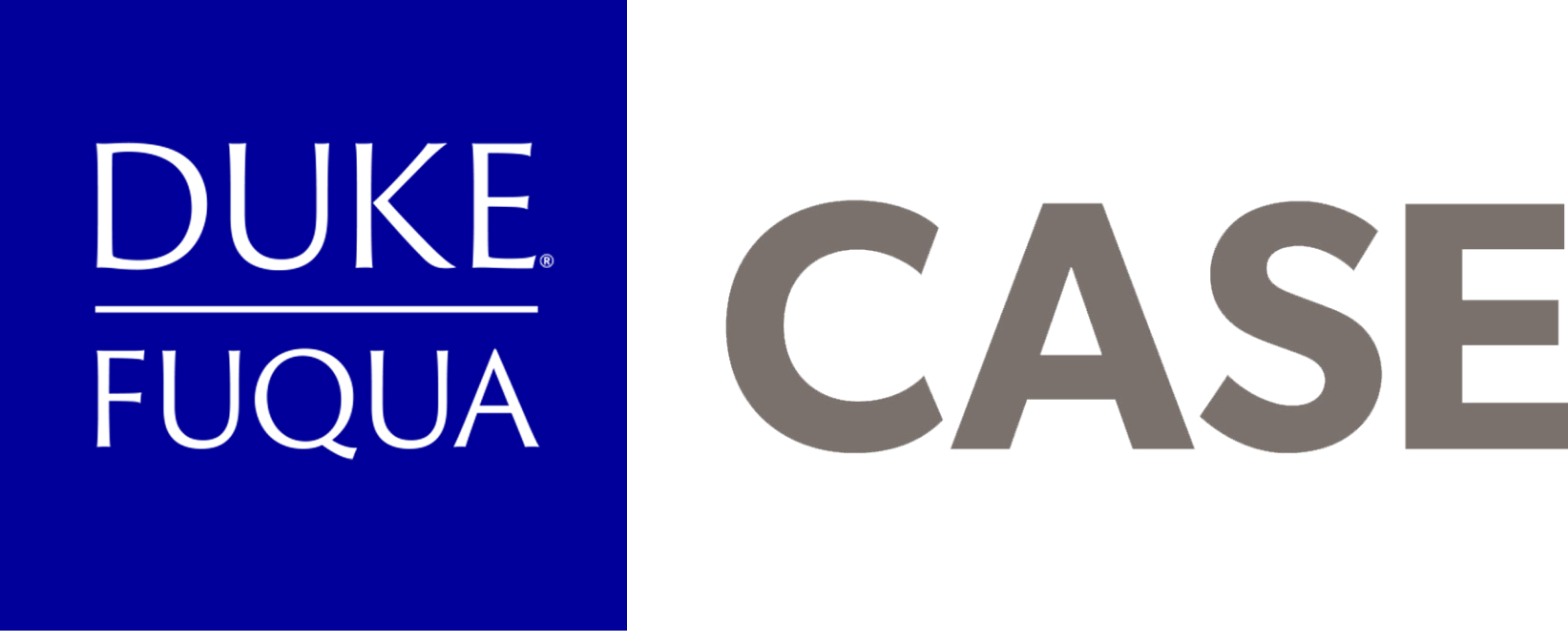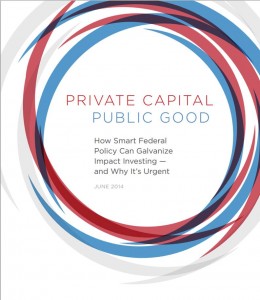This Q&A was first published on the Fuqua website in July 2014.
Cathy Clark, Adjunct Professor and Director of Fuqua’s Center for the Advancement of Social Entrepreneurship Impact Investing Initiative (CASE i3), has performed extensive research into the best practices of impact investing, the practice of investing for both financial gain and societal good. After last year’s G8 Leaders Summit, an international push was launched to determine how impact investing could help accelerate economic growth and address some of society’s most challenging problems. As a result, 27 people, including Clark, were asked to serve on the United States National Advisory Board on Impact Investing. The group recently released recommendations at the White House and on Capitol Hill for how U.S. policymakers could encourage more of the approach.
Clark explains the ideas in greater detail in a Q&A below. To read more about press coverage, releases and videos from the US National Advisory Board on Impact Investing, click here.
1. Why should the government get involved in generating more impact investing?
The government has already been deeply involved in impact investing for decades. Banking regulations from the 1970s have unleashed more than $60 billion of capital in the form of community development finance which has helped lift people out of poverty across the U.S. Nearly every major bank is involved. Now, we realize that by tweaks to the rules of the game, governments can encourage private sector investment in a broad array of outcomes, from education and health to financial inclusion and energy efficient buildings. Plus, the private sector is much larger than philanthropy and governments and has resources and talent that can be applied toward addressing these issues, so it’s a smart thing to do.
2. The report recommends three strategies to U.S. policy makers. Please briefly explain each and why you think it is important.
First, we want to remove some regulatory barriers that are making it difficult for some institutions to invest for impact. Updates to the regulations for private foundations, for example, can help them use more of their endowment assets to invest in impact aligned with their charitable missions. Second, there are government programs that should be able to engage more fully in impact investing but are limited by current restrictions. For example, the Overseas Private Investment Corporation (OPIC), the U.S.’s development finance institution, has returned profits to the U.S. Treasury for more than 30 years. However, it is also the only development finance institution in the world that lacks the authority to make equity investments. Third, the government can provide important incentives for new private impact investment, such as providing more first-loss guarantees.
The report also includes two supporting policy areas, both of which directly relate to our work at CASE. One is to support the growth and development of intermediaries that support the investment readiness of impact entrepreneurs. Our Social Entrepreneurship Accelerator at Duke (SEAD), a partnership between Duke and USAID, works to do this with global health enterprises. The other is to support the development of standardized metrics and better data on the real impact of investments. Several years ago at CASE we helped create some new standard systems for certifying and legally protecting impact companies and for rating impact funds and those systems are now spreading around the globe.
3. What is the immediate first step you would like lawmakers to take to encourage more impact investing?
Step one is acknowledging that impact investing is expanding because of market demand, and that this expansion is a topic that both political parties should support. For Democrats, maybe it’s framed as letting the government do its job better and for Republicans, maybe it’s framed as letting the market do its job better; however we get there, the idea of helping promote private sector investment in public outcomes is attractive to everyone. Then, I’d say, start by updating the examples given by the IRS for foundations that want to do impact investing. We just released two case studies on mission-driven investing that show the kind of social and financial returns they can reap. Moreover, it costs the government nothing to clarify existing regulations to reduce risk perception among institutions that already exist in our tax code for the express purpose of creating positive societal impact. It’s a no brainer.
4. What is your hope for the impact of this report?
The report is significant for two reasons. First, it represents a strong consensus among the hugely diverse players in the field of impact investing in the U.S. We at CASE helped bring together banks, foundations, government agencies, private investors, nonprofits, and intermediaries during the last year to help build to consensus and now we have a blueprint for future action. In that sense, this report is a first of its kind and a really important sign of maturity for this emerging field. Second, alongside the report, there was an announcement at a White House Roundtable on Impact Investing hosted by the Office of Social Innovation. At the meeting, more than 20 investment firms, foundations, and family offices announced new commitments that will drive more than $1.5 billion into impact investments that tackle pressing problems at the national and global level. Going forward, CASE has agreed to track the progress of these new impact investment commitments and make that information publicly available. To be credible, impact investing requires this kind of accountability and transparency and we’re pleased to be part of that.
5. Do you believe other governments besides the U.S. also need to change policies to encourage more impact investing?
Impact investing is a global movement and while the U.S. is one of the largest markets, many other countries are active in using private and public dollars for development, both at home and in developing markets. I recently returned from a global meeting in London and it is clear that the appetite in other countries is just as strong. One difference is that in the U.S. we probably have the strongest private sector engagement and that’s a huge strength. It also means we probably need less from policy makers – a handful of targeted actions could help drive the $46 billion in impact investments reported last year by the Global Impact Investing Network and JP Morgan to five or ten times that in the next decade. And now, we know just what those actions are.

